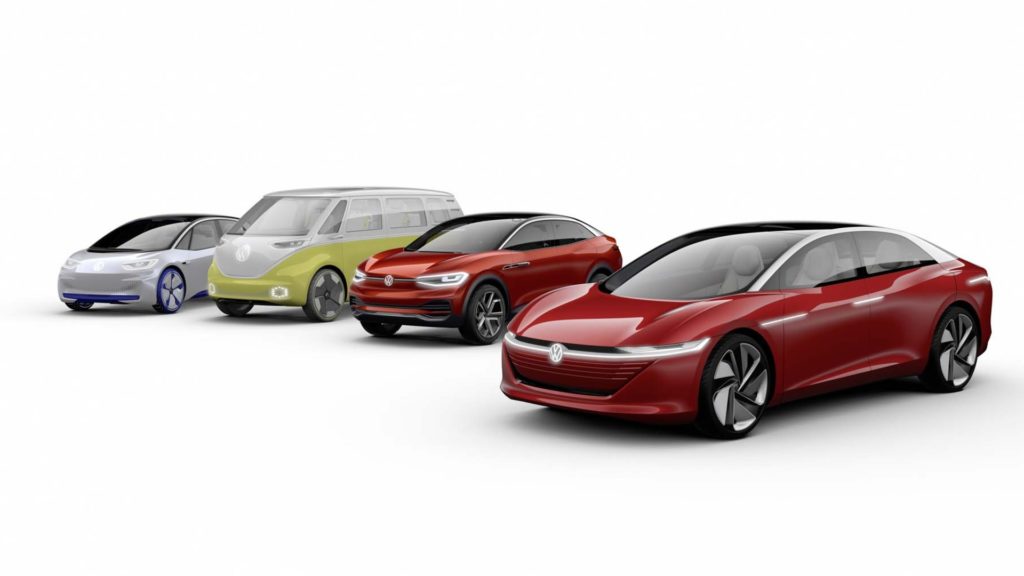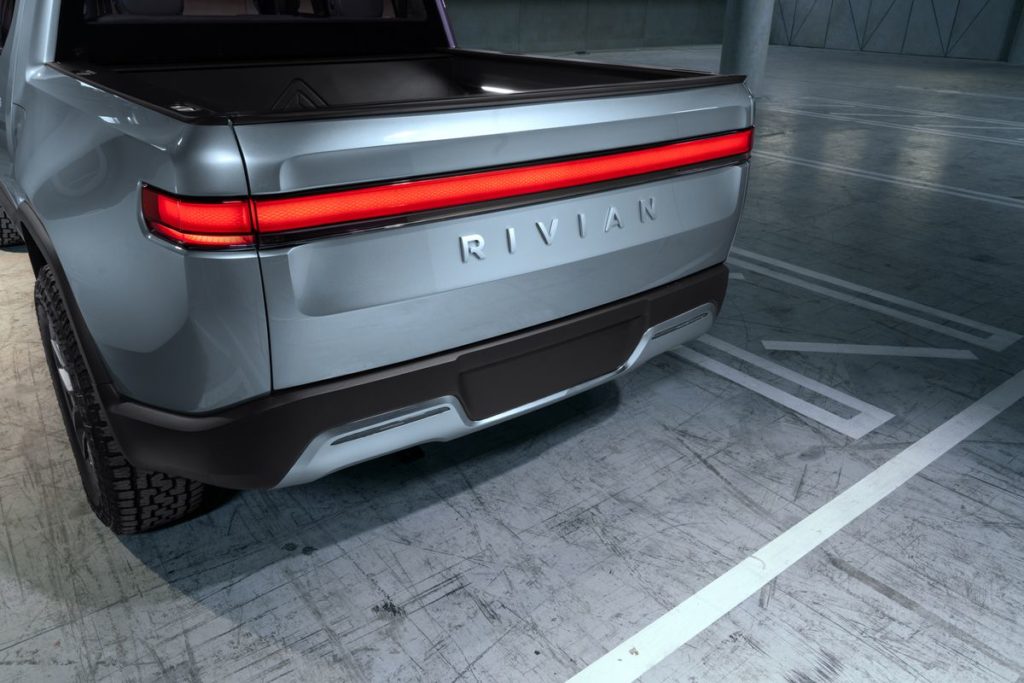
Electric vehicles have not only revolutionised the automotive industry but have also opened an array of opportunities in other sectors, such as electricity and building infrastructure.
In the last decade, the vehicle market has seen an influx of electric vehicle models, as car manufacturers have made commitments to EVs.
How EVs have evolved
EVs have come a long way in the last decade. The International Energy Agency (2019) reports that:
- EV numbers reached 5.1 million cars globally by the end of 2018 and a growth of 2 million from 2017
- there are 260 million electric two-wheelers and 460,000 electric buses
- in the commercial fleet sector there are now over 250,000 light commercial EVs and 2,000 medium electric trucks
- IEA forecasts that by 2030 global EV car sales could reach 23-43 million and the global stock will exceed 130-250 million EVs (excluding two and three-wheelers)[1]
Influx of new EV models
Automotive brands have started to make full commitments to electrification with significant investments and plans to deliver hundreds of new electric vehicle models between 2019-2025.
- The EV market (especially the battery electric market) has been led by brands such as Tesla and the Nissan-Renault alliance, and the EV momentum has now reached traditional incumbent brands.
- Ford Motor Co announced in 2018 that it has planned investments on EVs of US$11 billion and will have 40 new EV models (16 fully electric and 24 PHEVs). [2]
- The Volkswagen Group is launching 70 new EV models and expects to have 22 million EVs on the roads in the next decade. [3] The Volkswagen group is delivering a specific EV series – ID.
- General Motors is introducing 20 new EV models with particular focus on the Chinese market in 2019. [4]

Source: Green Car Reports
New automotive brands in the market
EVs have allowed technological innovation to be at the forefront of development. Just like with Tesla, EVs have resulted in an array of new entrant companies entering the automotive market, either producing vehicles, components (for example batteries), charging infrastructure, or the supporting networks and software.
Some examples of new automotive brands include:
- Bollinger Motors: SUVs and off-road vehicles [5]
- Byton Technology: crossovers and sedans [6]
- Faraday Future: an “ultra-luxury” EV [7]
- Lucid Motors: a sedan EV [8]
- Rivian: electric utes [9]

Source: The Verge
Cutting the cost down
Technology development, economies of scale and supply chains will continue to optimise the production of EVs and reduce their cost and retail prices until they reach parity with internal combustion engine vehicles.
Beyond cost reductions from battery developments, further design and optimisation of electric motors and the use of big data to customise battery capacity to travel needs will contribute to cost reductions. [10]
Global electric car sales and market share 2013-2018 [10]
 Source: IEA
Source: IEA
Policy outlook
Policy has played a critical role in developing fuel economy standards, zero or low emission vehicles standards, economic instruments, charging infrastructure support and research and development. [11]
A typical policy approach has been the establishment of targets (i.e. vehicle deployment or fleet targets). Other policy approaches include vehicle and charging standards, procurement programmes, fiscal incentives and secondary incentives (non-monetary).
Policy has now incentivised markets to the point that the car manufacturing industry has ambitious goals to electrify the car and bus markets.
Globally, policy (in the form of subsidies or other incentives) and taxation will continue to evolve for all transport modes including EVs and internal combustion vehicles. It is expected that globally, taxes will gradually focus more on carbon-intensive fuels, coupled with the use of location and distance-based charges for driving. These shifts aim to continue to develop tax revenues under an e-Mobility centric transport system. [11]
Australia is lacking in policy support, resulting in a low market share of electric vehicle adoption when compared with countries such as Norway, the United Kingdom, China and the United States.
For more information on Australian policy.
EV policies across 5 regions [10]
 Source: IEA
Source: IEA

